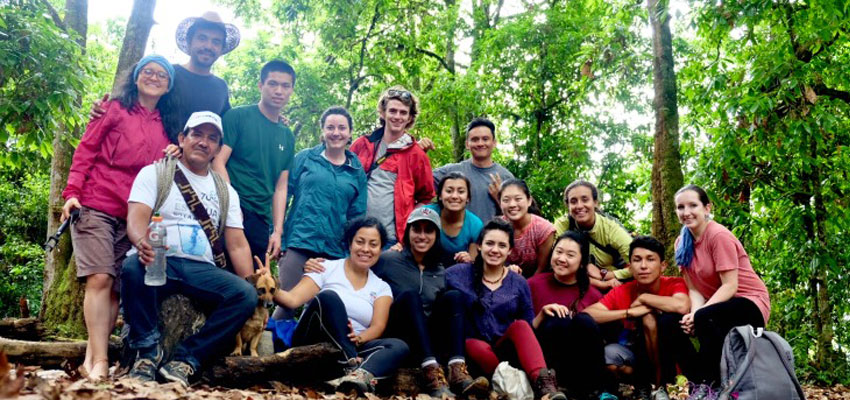
This January, a group of D-Lab: Development students, seven MIT students and one Harvard student, traveled to Bogotá, Colombia and the surrounding countryside to work with smallholder coffee farmers on improvements to the coffee production process. Along the way, we were accompanied by Juan David Reins Rozo (aka Juandad), a graduate student from Universidad Nacional in Colombia a Fullbright Fellow at MIT D-Lab, D-Lab: Development teaching assistant and MIT graduate student Johanna Greenspan-Johnson, and members of C-Innova, an innovation center in Colombia with which D-Lab has collaborated for a number of years. Our time there was divided between two communities: Aprenat and Guavio Alto.
Aprenat
The first community we visited was called Aprenat (Associacion de Protectores de los Recursos Naturales) in the municipality of Tibacuy, an hour outside of Fusagasuga. After traveling along rocky, unpaved roads, we arrived in a lush green area full of small coffee farms and breathtaking mountain views. We received a warm welcome from the coffee farmers and their children, who formed a group called Herederos de la Montana devoted to maintaining the health of the mountain. The first meeting revealed that the community members were fairly united and had strong relationships, but prioritized different parts of the coffee-growing process. Some were interested in producing organic fertilizers, while others wanted to improve mechanization of the process.
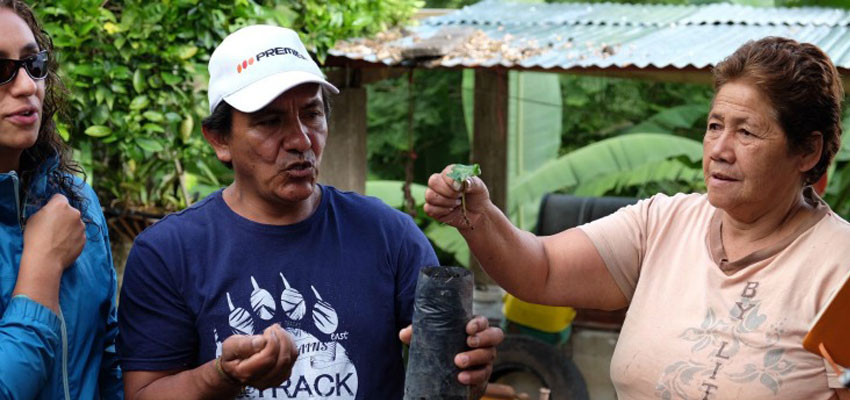
When we returned to Aprenat one week later (with half of the group), our project did not directly relate to the coffee growing process. During our first trip, a rainwater harvesting system that had been constructed during an International Development Design Summit (IDDS) caught our eye. We discussed the possibility of making improvements to the system with the community, and then got to work! After a lot of reverse engineering, we realized that there were many parts of the system that did not fit the family’s needs and also identified technical problems. Over the course of the week, we worked to resolve these problems and arrived at a new and improved system.
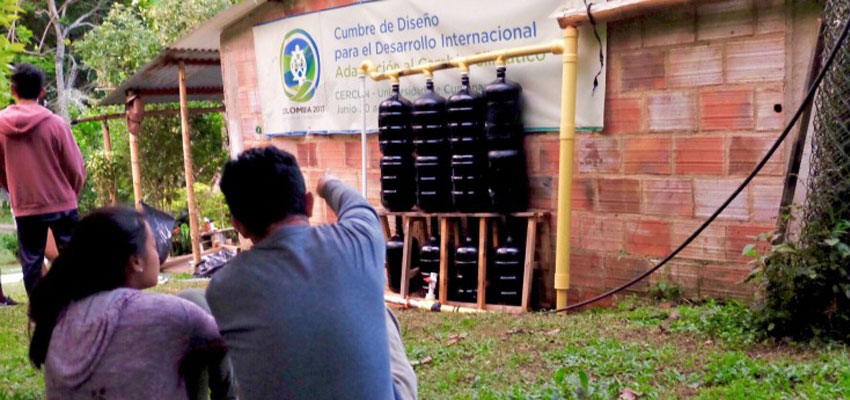
In Aprenat we also got the chance to visit the local secondary school, a place we were exploring for future rainwater harvesting systems. The students and teachers at the school welcomed us with open arms and lots of fun conversation. Since all of the students at the school live on coffee farms, they take an agriculture class as part of the general curriculum. The agriculture teacher there allowed us to use one of her class periods to teach about water filtration systems, and we discussed the possibility of students leading construction of a rainwater harvesting system in future years with the help of C-Innova.
Guavio Alto
At the start of our second week in Colombia, we made the bumpy ride up the mountain opposite Quinini to Guavio Alto, nestled high above Guavio Bajo. Here, we were greeted by a torrential downpour and Franklin, a smallholder farmer who had participated in the last IDDS in Colombia. Franklin and his family are pretty much all geniuses; although lacking in formal engineering training, Franklin has built several machines himself to automate his coffee production process, and his daughters possess the same drive to learn and create. We spent the next several days learning from them, meeting other smallholder farmers living in the region, taking a stressful crochet lesson with a community member, and listening to MIT team member Franklin make a lot of jokes. By the end of our first visit we had identified several projects with the community that held potential to be pursued further.
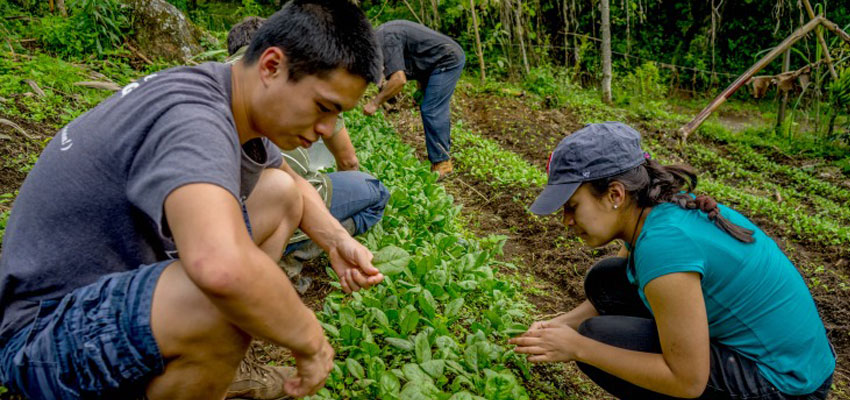
The next week, Franklin, Scott, Jackie, and Emma returned to Guavio Alto, focusing our attention on the three projects we deemed could most realistically see progress within our limited time frame. This included building a second prototype of a coffee selection machine Franklin had previously designed and built but which wasn’t functioning correctly, automating his coffee roasting machine, and holding workshops with the community on simple soil tests they could perform to improve their growing process. By the end of the week, after a lot of trial and error, machines breaking and being rebuilt, and coffee drinking, we had working prototypes of a coffee selection machine and arduino setup to automatically control the temperature curve inside a coffee roasting machine, as well as a lot of new knowledge on soil quality and testing.
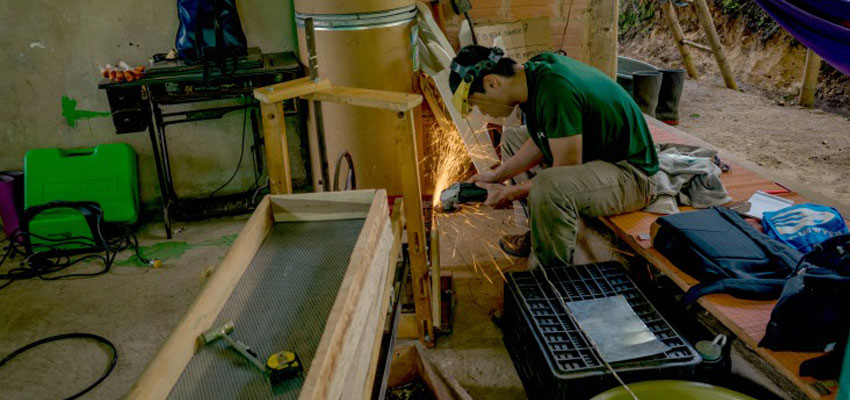
Final reflections
Our trip to Colombia was filled with beautiful nature: the fertile, mountainous landscape is something that we will never forget. No sooner will we forget the amazing food we ate along the way — arepas, empanadas, cheese on top of cheese, every type of soup, and copious amounts of tinto (the Colombian term for coffee). The people we met from C-Innova and Aprenat and Guavio Alto were truly amazing, and we have them to thank for such an exciting and productive journey. We would like to maintain our connection with C-Innova and the two communities to establish strong relationships and the potential for future projects.

